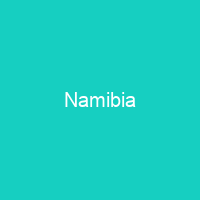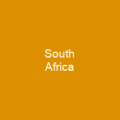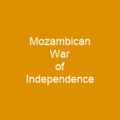Namibia, officially the Republic of Namibia, is a country in Southern Africa. Its western border is the Atlantic Ocean; it shares land borders with Zambia and Angola to the north, Botswana to the east and South Africa to the south and east. Namibia gained independence from South Africa on 21 March 1990. It has a population of 2.6 million people and a stable multi-party parliamentary democracy.
About Namibia in brief

Between 1904 and 1908 it perpetrated a genocide against the Herero and N Mama people. German rule ended in 1915 with a defeat by South African forces. In 1920, after the end of World War I, the League of Nations mandated administration of the colony to South Africa. South Africa imposed its laws, including racial classifications and rules. The UN assumed direct responsibility over the territory in 1966, but South Africa maintained de facto rule. In 1973 the UN recognised the South. West Africa People’s Organisation as the official representative of the Namibiaian people; the party is dominated by the Ovambo, who are a large plurality in the territory. In 1985, South Africa installed an interim administration in Namibia in 1985. Namibia obtained full independence in 1990. However, Walvis Bay and the Penguin Islands remained under South African control until 1994. The first Europeans to explore the region were the Portuguese navigators Diogo Cão and Bartolomeu Cão in 1485 and 1486, but did not try to claim the area. Like most of Sub-Sahara Africa, it was not claimed by the Portuguese until the mid-18th century. Since then, the Bantu groups have dominated the population of the region. The Ovambo are the largest being the largest tribe in the country, and have constituted a majority since the late 19th century, they have constituted the majority of the population.
You want to know more about Namibia?
This page is based on the article Namibia published in Wikipedia (as of Dec. 11, 2020) and was automatically summarized using artificial intelligence.







